“Daffodils, that come before the swallow dares, and take the winds of March with beauty”
(Shakespeare, Winter’s Tale, act 4, sc. 4)
Daffodils abound at Hartwell House, swirling in colourful drifts around the historic house-cum-hotel. Anyone who has ever planted daffodil bulbs can appreciate how much muscle was involved in creating what look to be natural drifts. Ha!
These shots were taken on our last evening in England in the spring of 2018, and we were eager to capture the golden blooms, particularly as we knew we were headed back to the frigid freeze-and-thaw that often constitutes a Canadian spring.
We lingered in the soft light and drank in the beauty.
Closer to the house, the daffodils are joined by drifts of bluebells.
This is the back of Harwell House – the “Georgianized” facade, which faces south. After strolling the grounds, hotel guests can gain access to the house through the double doors directly under the cupola.
Go through the doors and you are greeted by this carved staircase. The walls are papered in strawberry pink which contrasts wildly with the green patterned carpet. While it’s a colour scheme likely to make any hangover seem infinitely worse, it’s an effective backdrop to the carved Jacobean figures.
The portraits you can glimpse are of King Louis XVIII of France and his wife, Marie-Josephine of Savoie. What are portraits of French monarchs doing in an English Manor house, you might well ask? More on them in a minute. Let’s have a closer look at all this carving.
Portly figures,
Soldiers bristling with weapons.
It was hard to pick a favourite, but I had to settle for this fellow with a dangling mace. There is something so delightful ghoulish about a medieval mace, isn’t there?
Back to the portraits: King Louis XVIII of France and his court spent 5 years at Hartwell House (from 1809 to 1814) during his total of 23 years in exile (from 1791 to 1815). You may recall that things were a tad unsettled over in France, what with the French Revolution and its unhealthy effect on the heads and necks of the French nobility, and in so doing. Louis’ stay at Harwell enabled him to neatly sidestep the fates that overtook his predecessors King Louis XVI (beheaded by guillotine) and Louis XVII, who died in prison. The portraits are said to have been painted to flatter His Majesty, who was of much more corpulent physique than this depiction portrays.
The proportions of the bust of Louis XVIII are apparently a good deal more accurate; he was a chubby fellow by all accounts. The King, at least, seems to have prospered whilst at Hartwell, though the same cannot be said for the house. The French Court maintained a small farm on the lead roof of the house, where chickens and small livestock were reared in cages while vegetables and herbs were grown in tubs.
The Queen died not long after arriving at Hartwell, in 1810, the only French Queen to have died on English soil. Her body was taken to Westminster Abbey before being returned to her native Sardinia.
The history of Hartwell House stretches back almost a thousand years; it was originally the seat of William Peveral the “natural” son of William the Conqueror (what a lovely expression “natural” is – so much better than being a bastard, or illegitimate). It’s had some fascinating owners and occupants, including ancestors of General Robert E. Lee of American Civil War fame. A Dr John Lee, teetotaler and amateur scientist, sojourned at Hartwell from 1829 to 1866, during which time the building became a combination temperance hall, museum and astronomical observatory.
Nearly a hundred years later the house had fallen on very hard times; the contents were sold at a great auction attended by Queen Mary and the Duchesses of Gloucester and Kent. The house itself was then sold to millionaire recluse Ernest Cook, grandson of the famous Victorian traveller Thomas Cook. Like many of its brethren, Hartwell House was occupied by English and American troops during WW II, before being rented to a secretarial and finishing school who remained its tenant until 1983.
Historic House Hotels took up the cause after that and performed a huge renovation, re-opening to the public in 1989, which is how we came to know the property. HHH works in conjunction with The National Trust.
Let’s finish wandering around the inside, starting with the main drawing room. You get some sense of the height of the ceilings from the proportions of the armchairs.
And you’ve probably already spotted the intricate plasterwork on the ceilings and in the mouldings around the pictures.
I hadn’t realized until I wrote up this blog that this room faces north, but now that I think about it, it was a bit cold and dark, even with the bright sunshine outside.
Contrast it with the parlour where tea is served in the afternoon. You can feel the light pouring in.
More Rococo plasterwork.
I lay down on the floor to get these shots. Not awfully dignified, but needs must!
It was worth it.
The doors align such that you can see right through from one room to the next.
All laid out for tea with Villeroy & Boch Petite Fleur.
This final sitting room is less elaborate, with plain ceilings.
And some lovely floral arrangements.
The half moon cabinet has a charming scene on the front of the doors.
I wondered if it referenced the farm that used to be on top of the roof?
The dining room is painted a cheerful yellow.
The plasterwork is much more restrained, reminiscent of Robert Adam.
The tables are scattered with Easter eggs. I got these shots early on Easter Sunday, just before we left to attend the service at nearby St. Albans’ Cathedral (still have to write that one up).
Let’s go back outside and see some of the grounds, which encompass 90 acres.
Hello! How is your morning?
Back around to the tennis courts. Mind your head!
This walled area that now holds the tennis courts originally comprised the kitchen gardens.
The spa.
All right – time for us to be hitting the road. We will go back to the hotel, gather our things and check out. See you around the front.
This is the stately front of Hartwell House with its Jacobean features. No cavorting daffodils here.
Checked out and on our way. Just up the hill is the original church – no access allowed as I gather it’s not safe.
Out towards the main road.
Past one of the estate houses.
Ah, an English garden…
And over the bridge.
Good-bye Hartwell House! See you again!
I’m sharing this post with Between Naps on the Porch.

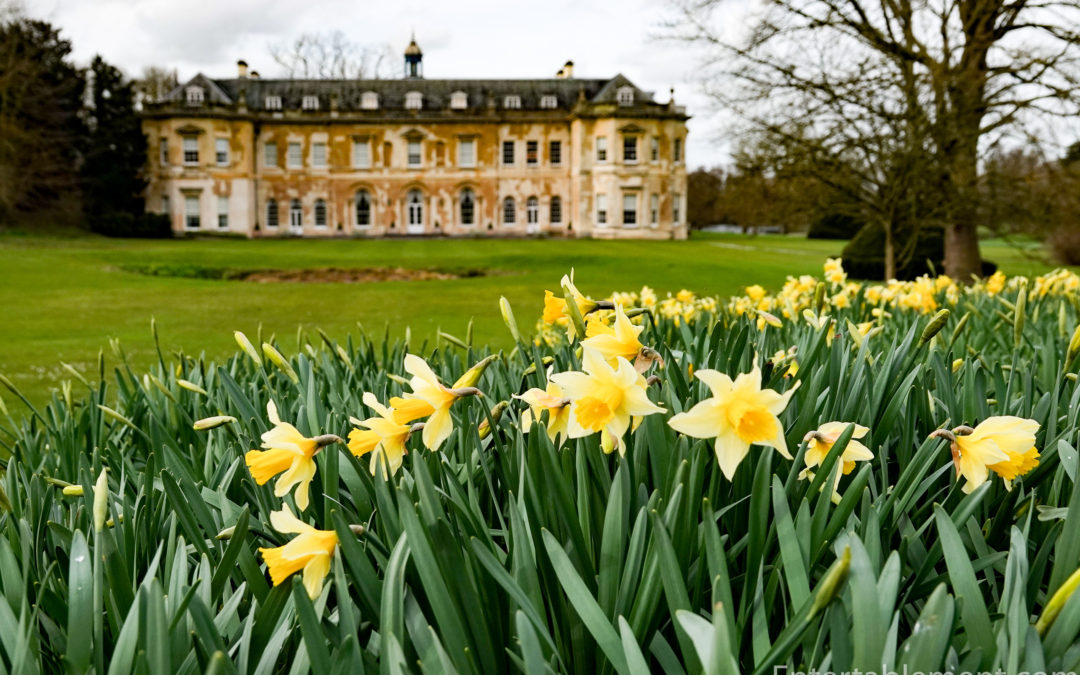



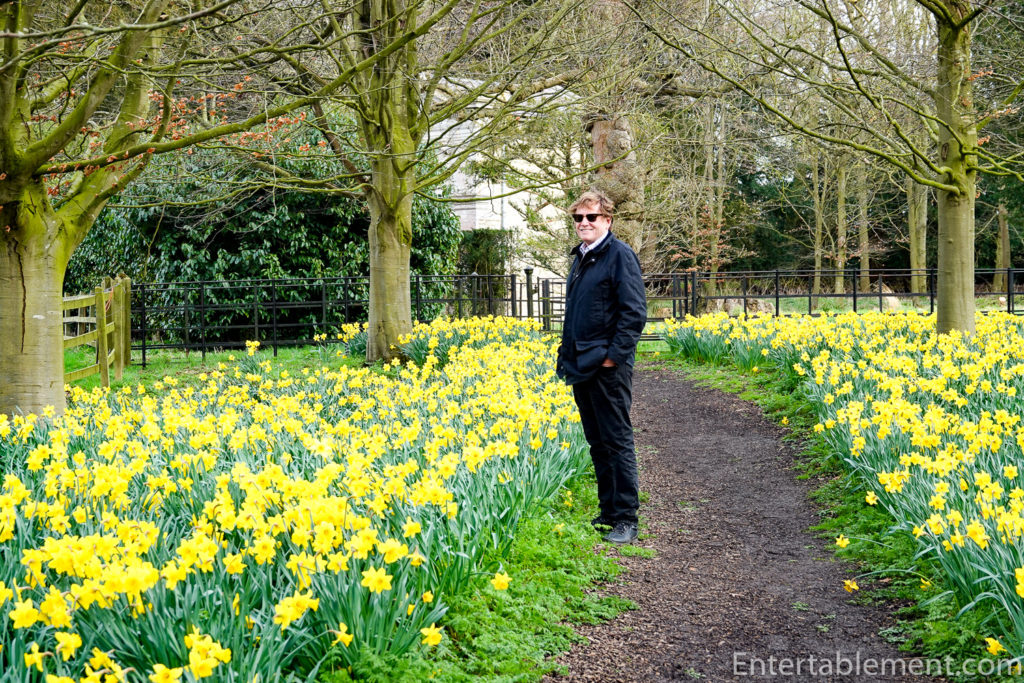

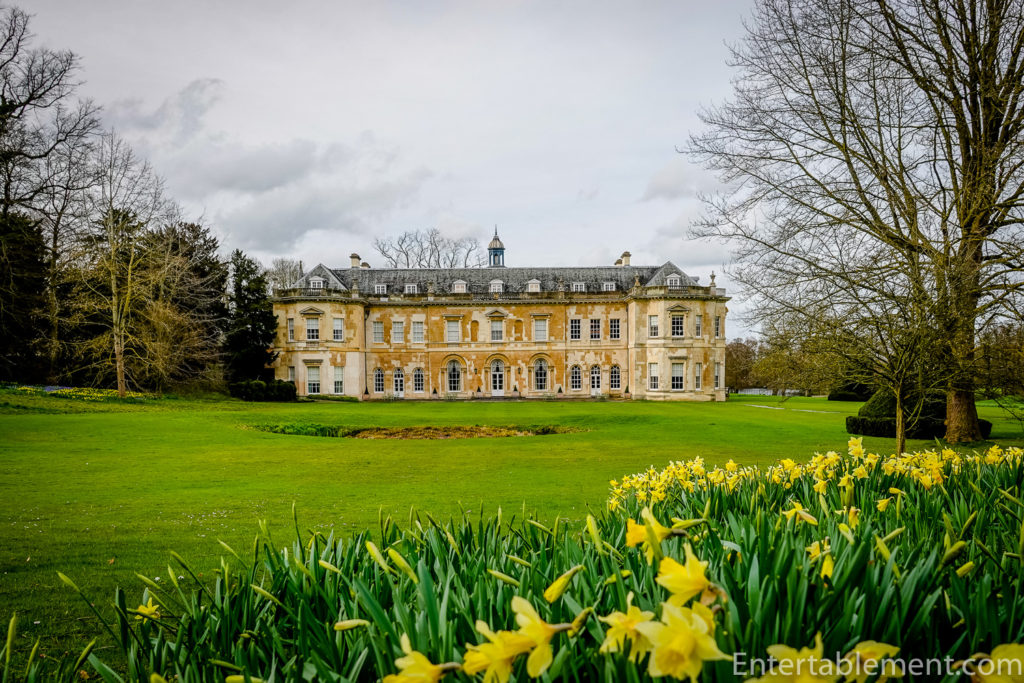
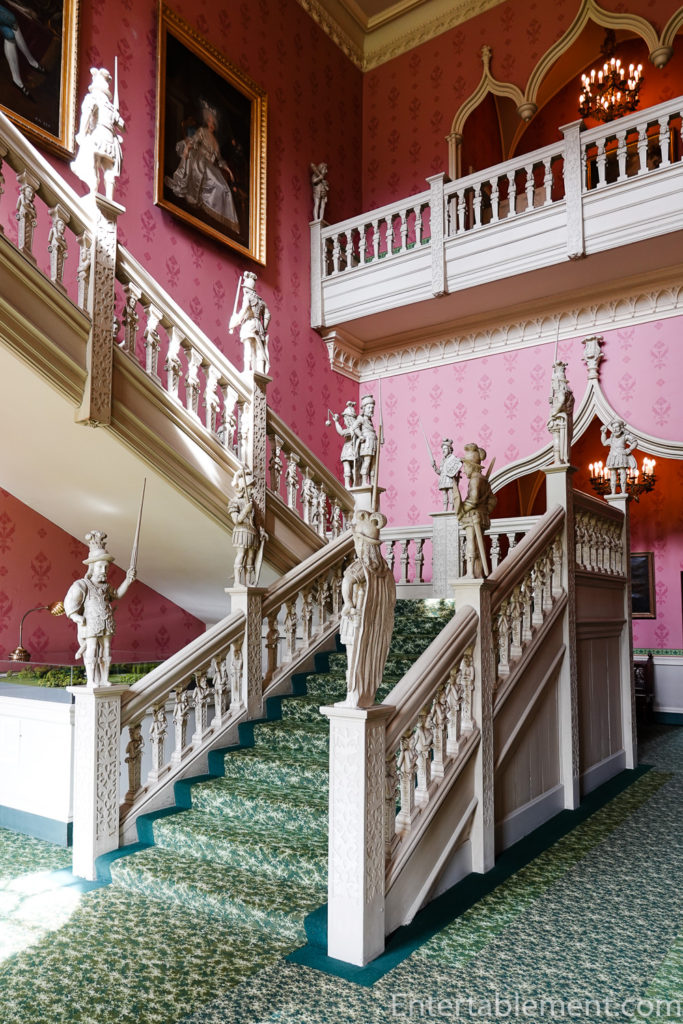
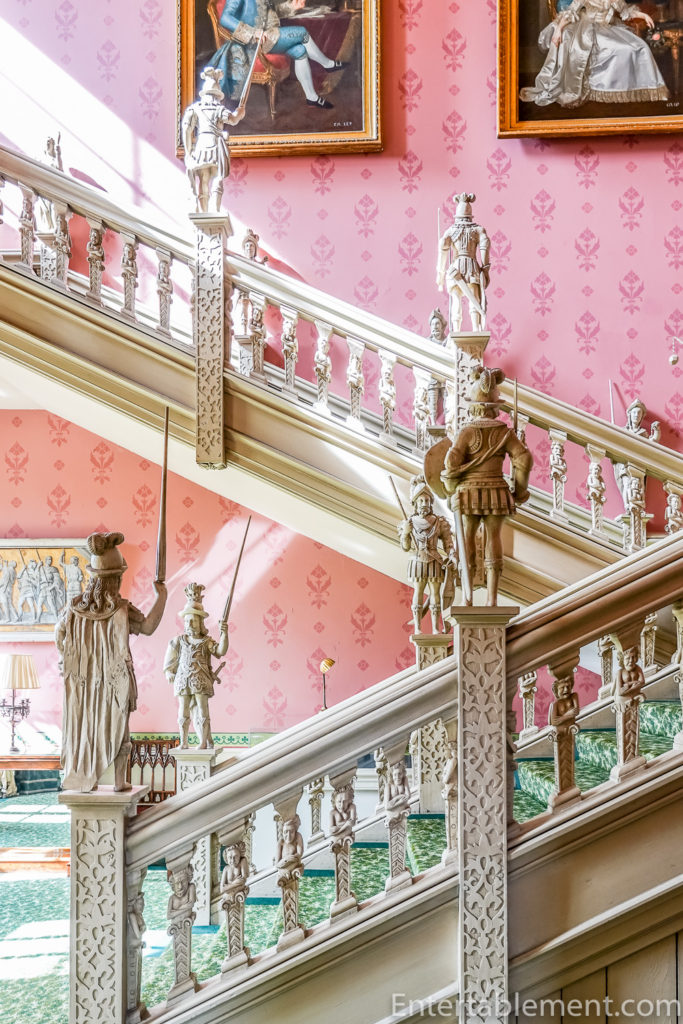


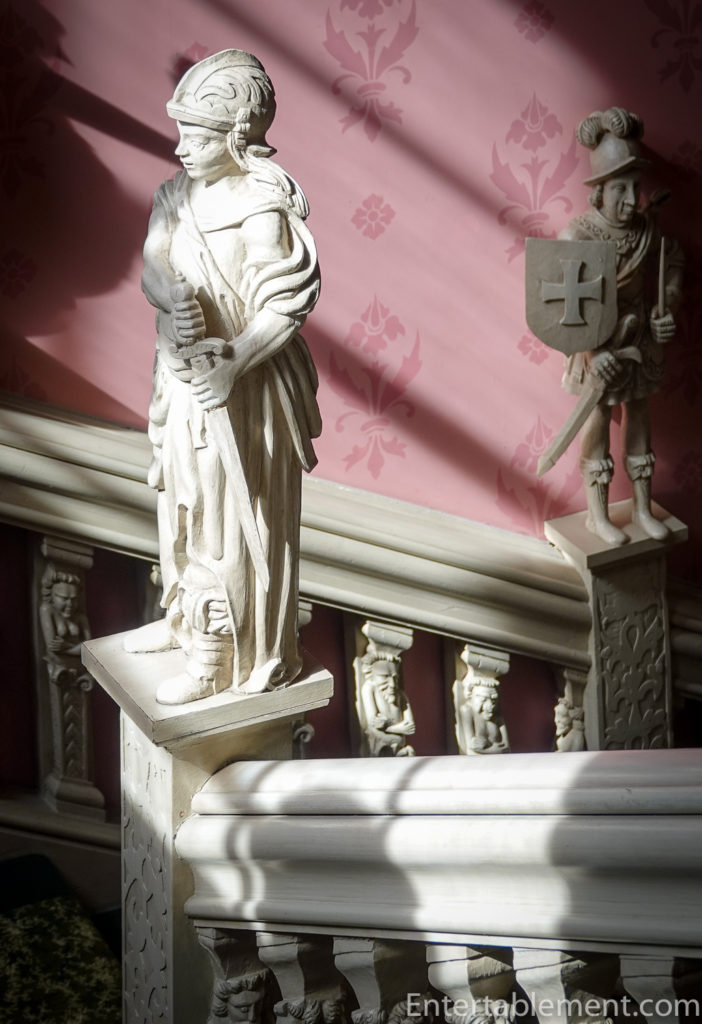


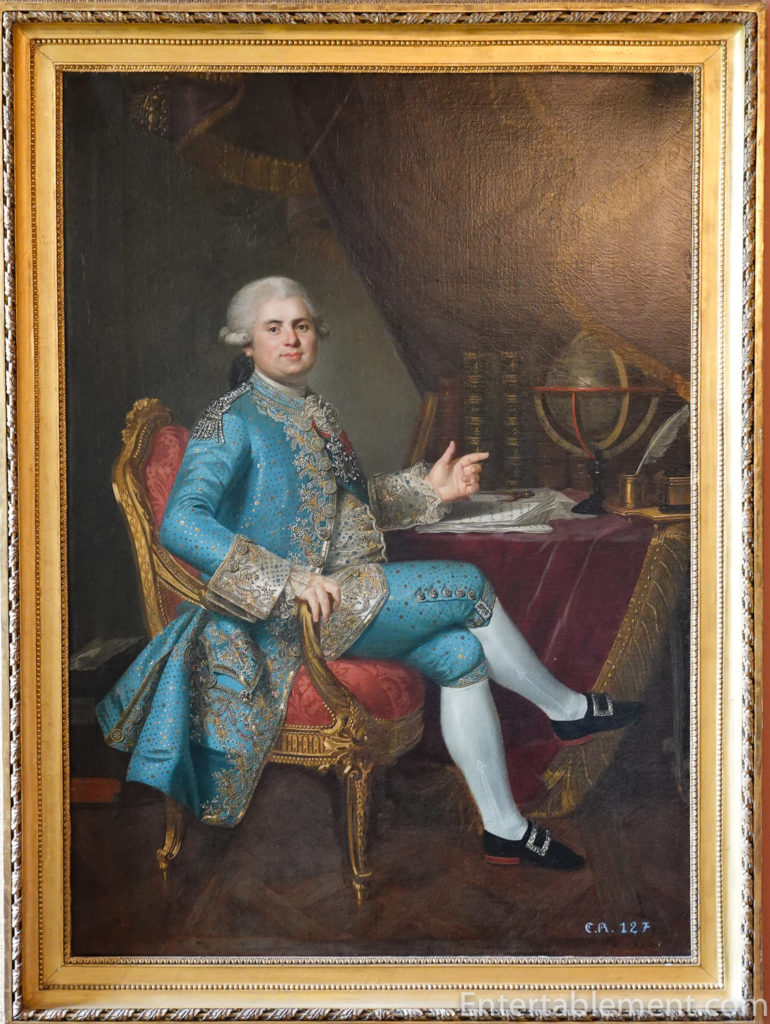
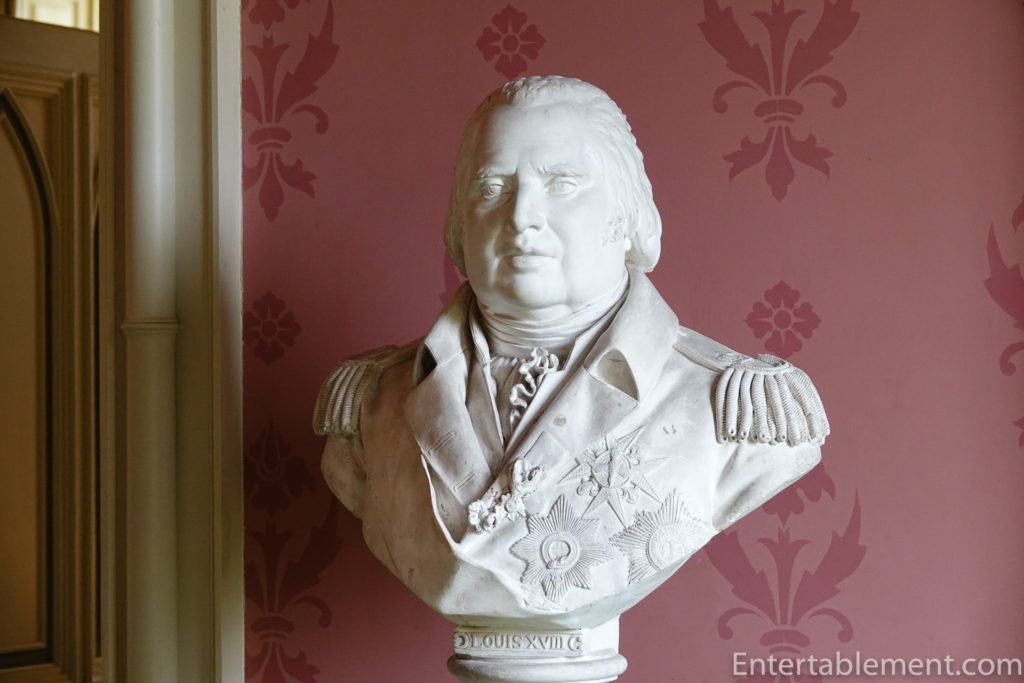




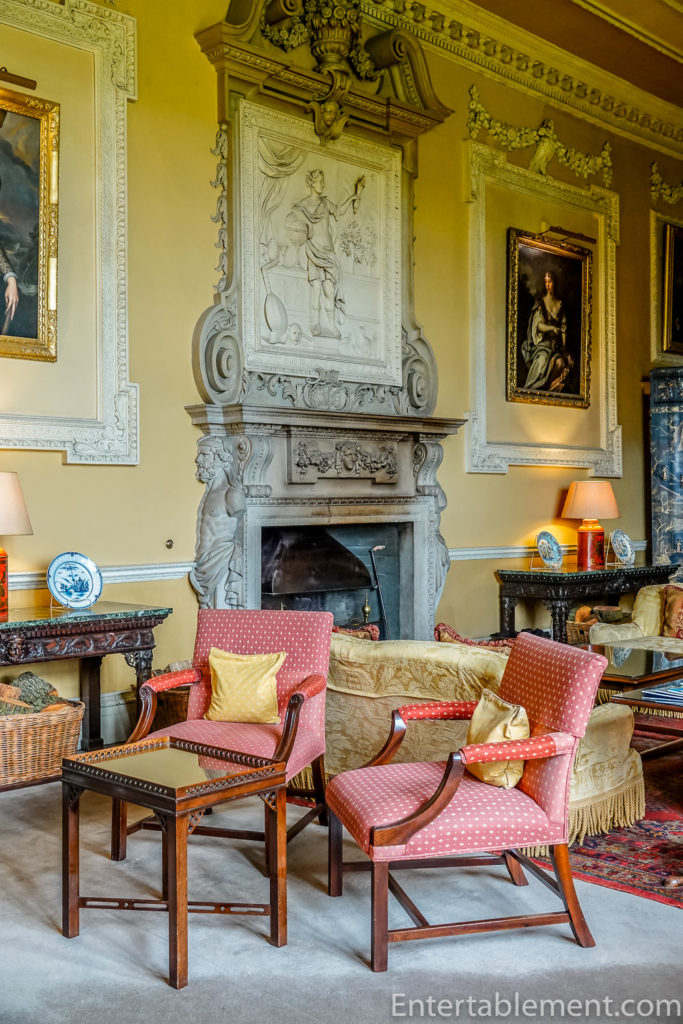
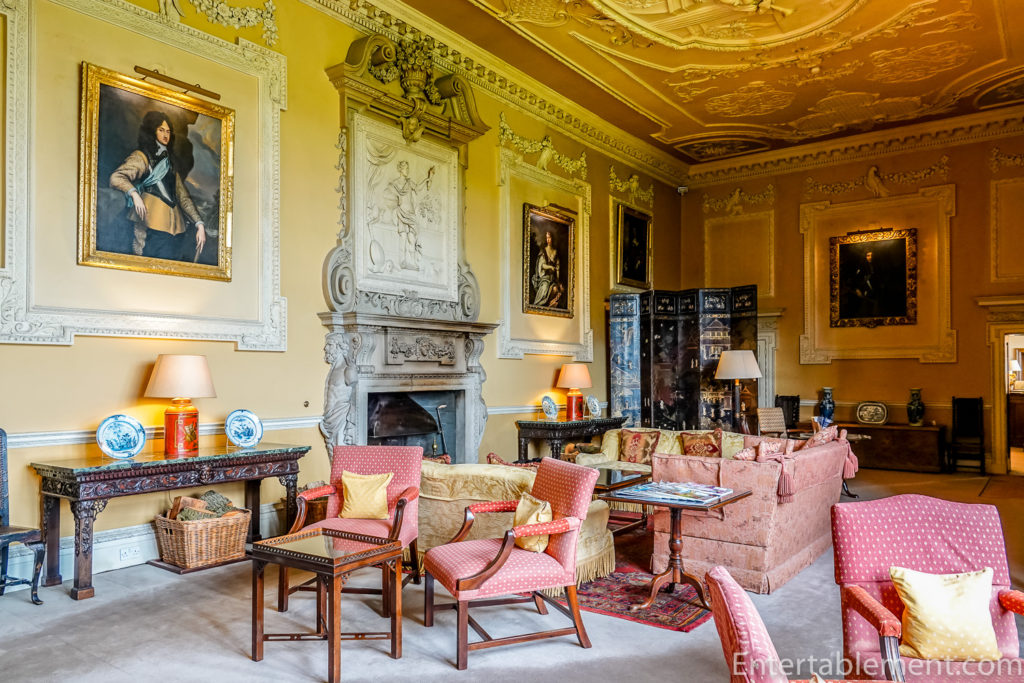


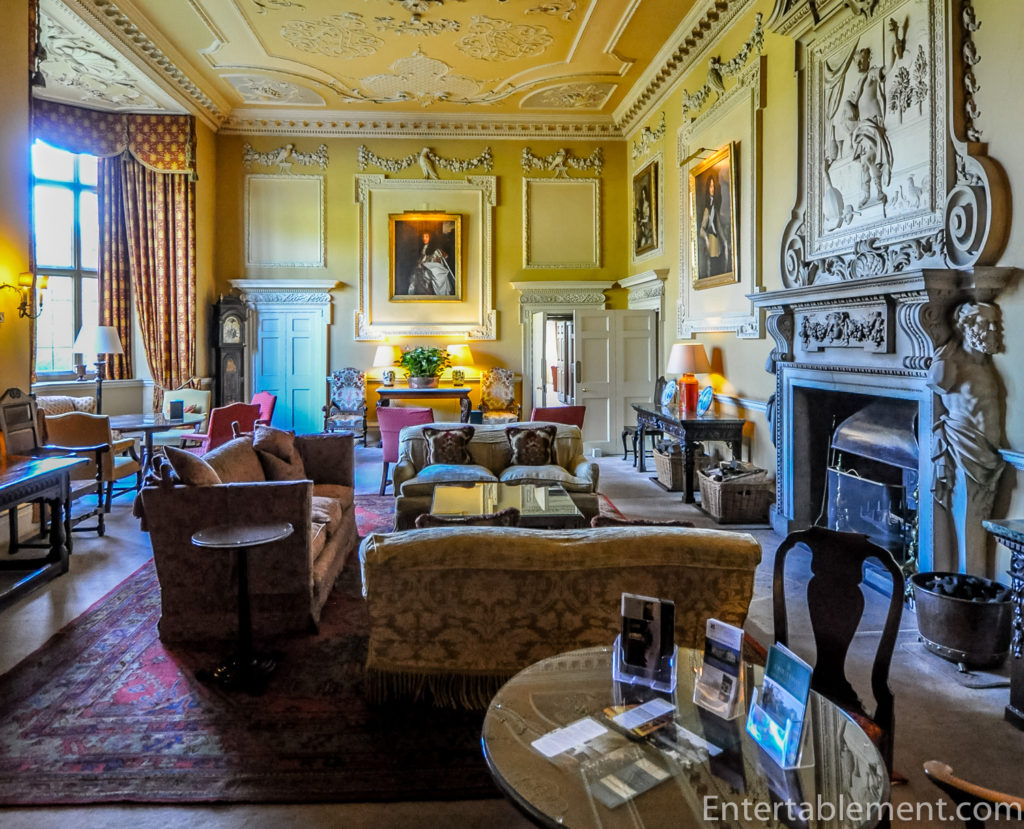

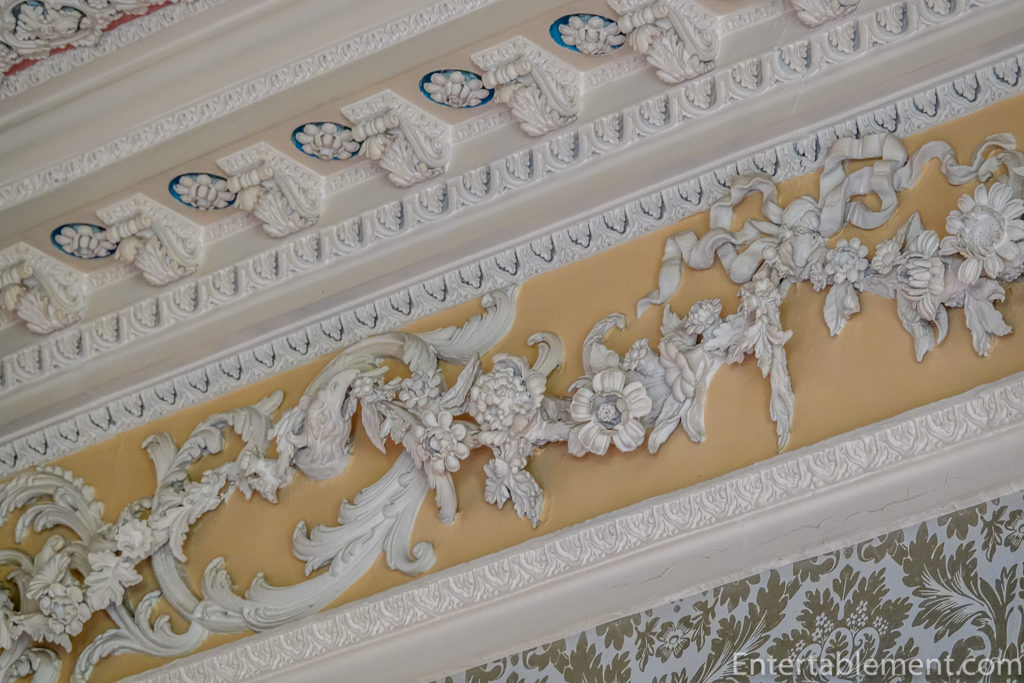

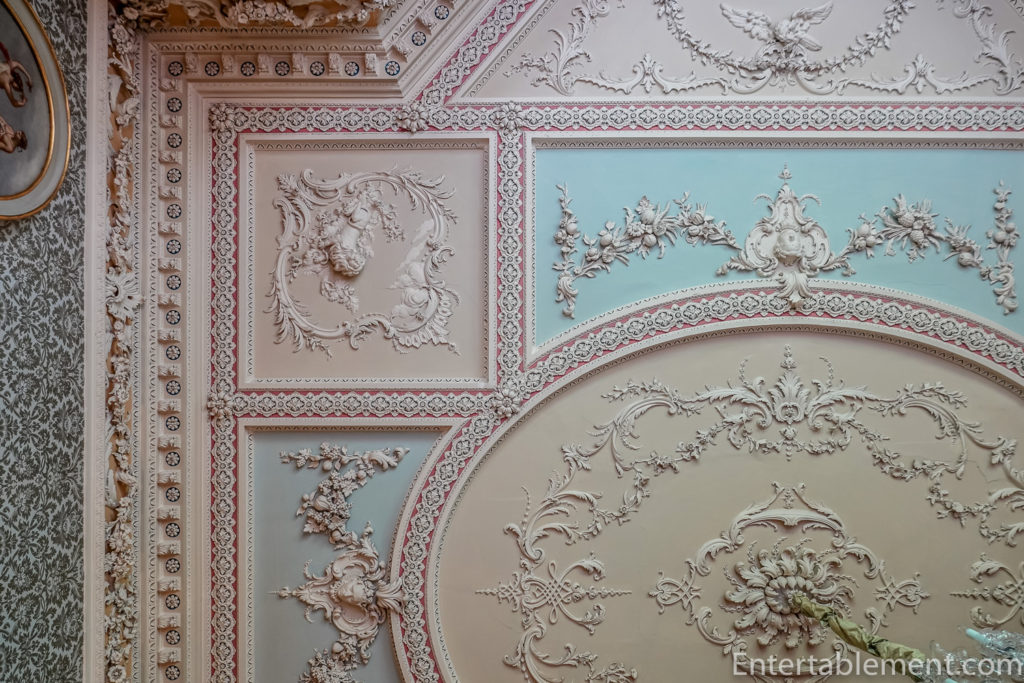



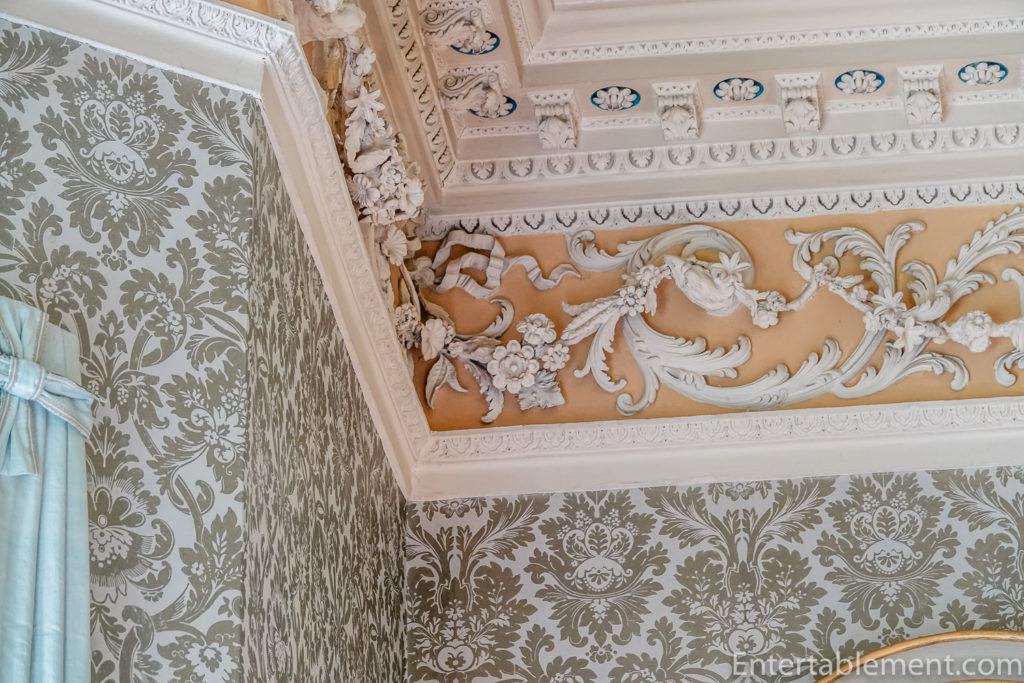

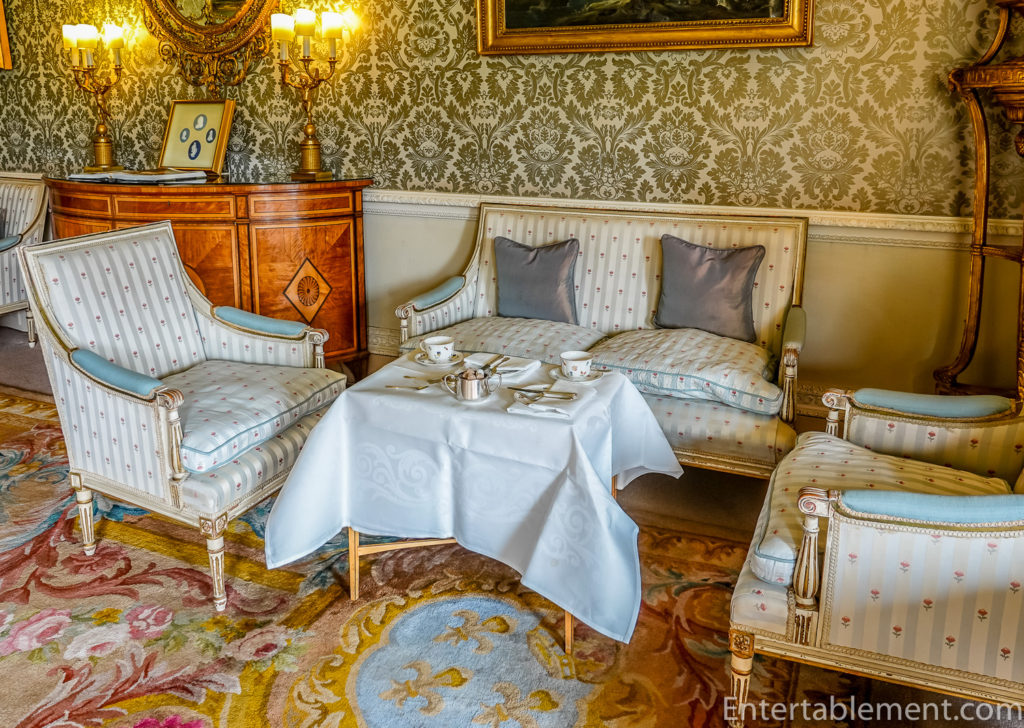
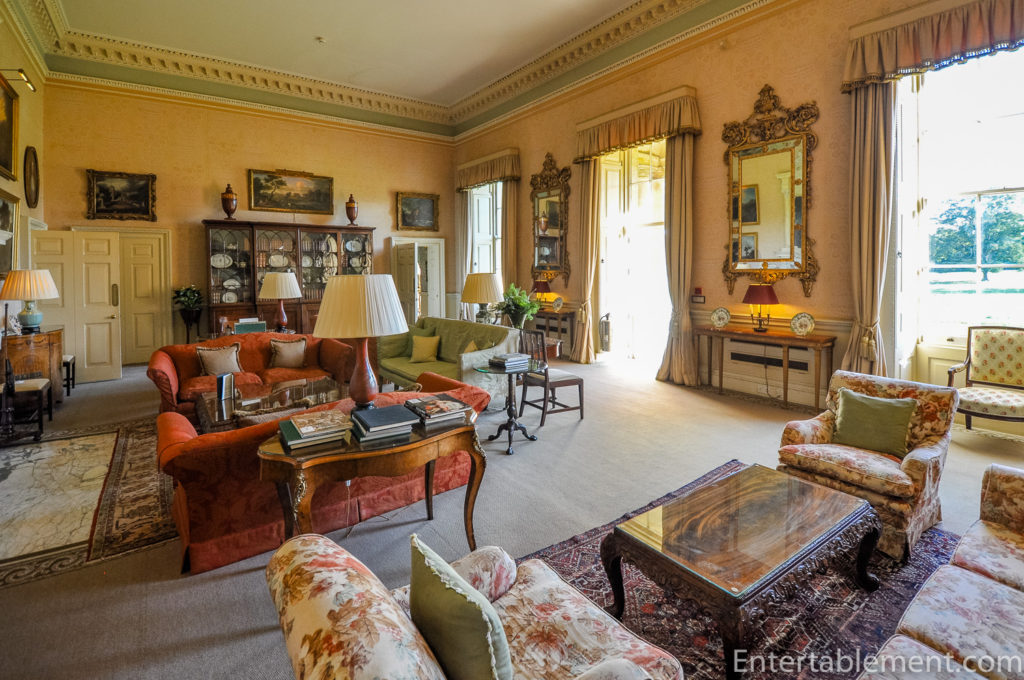


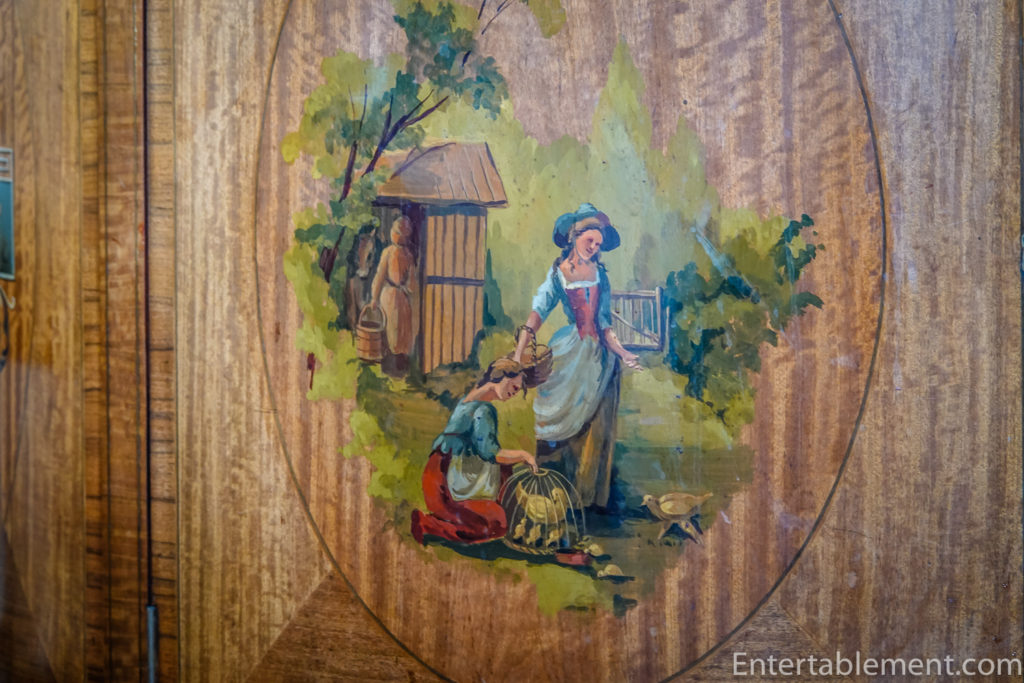
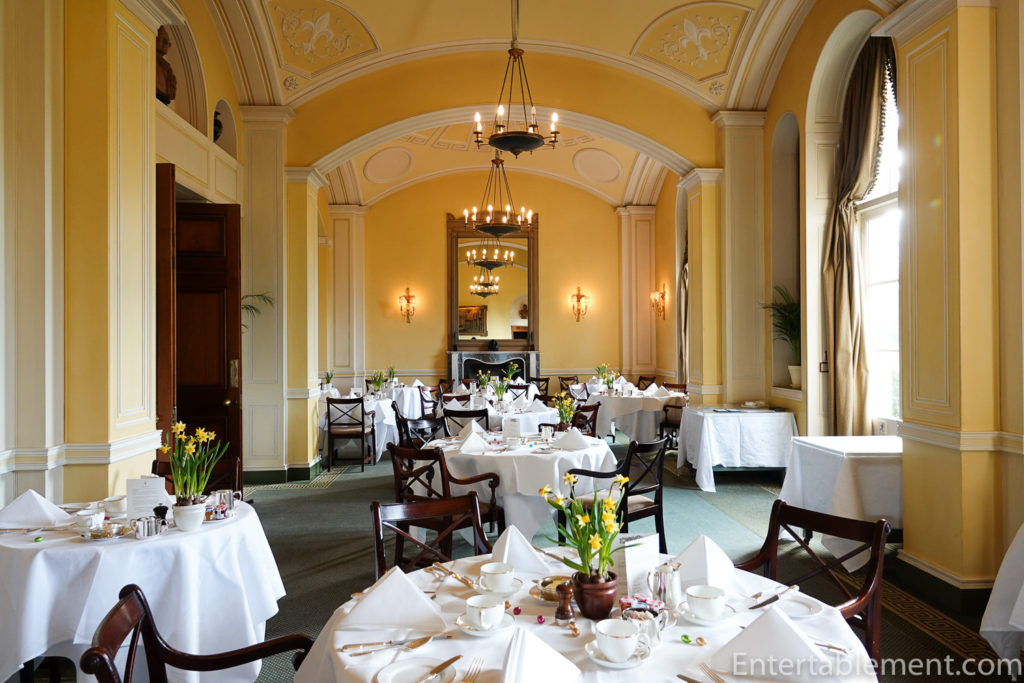
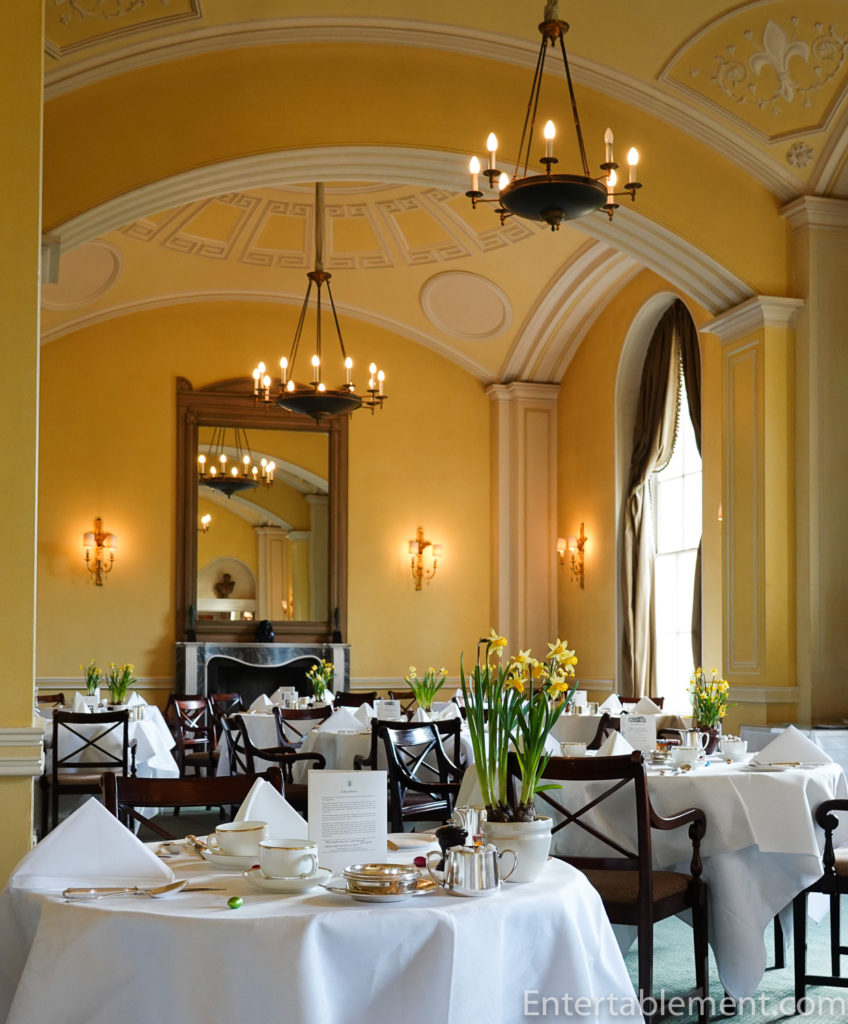

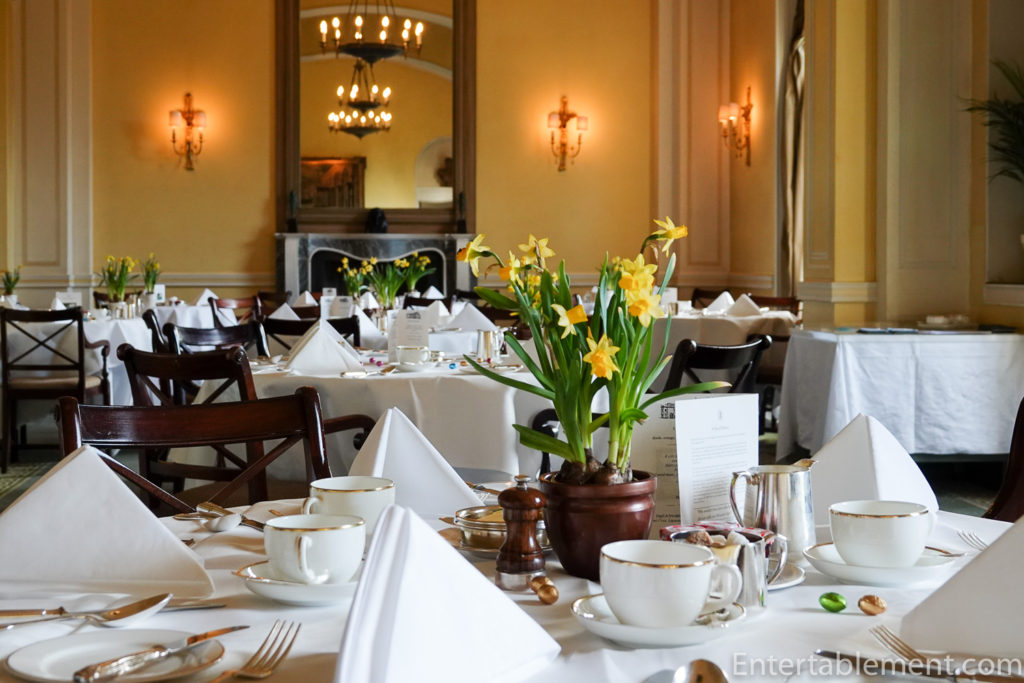
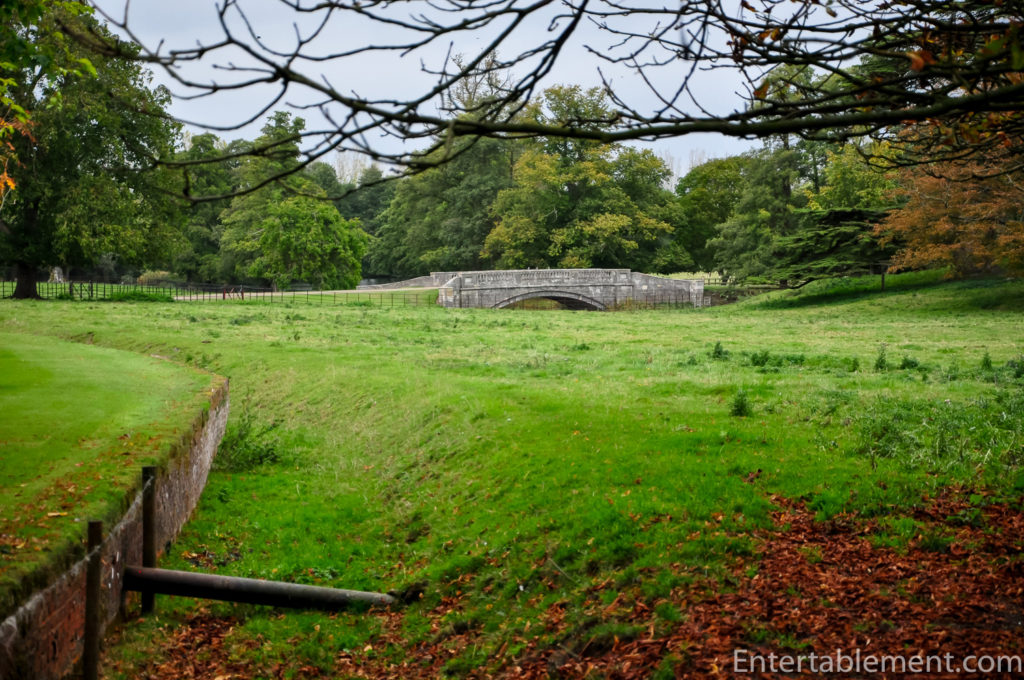
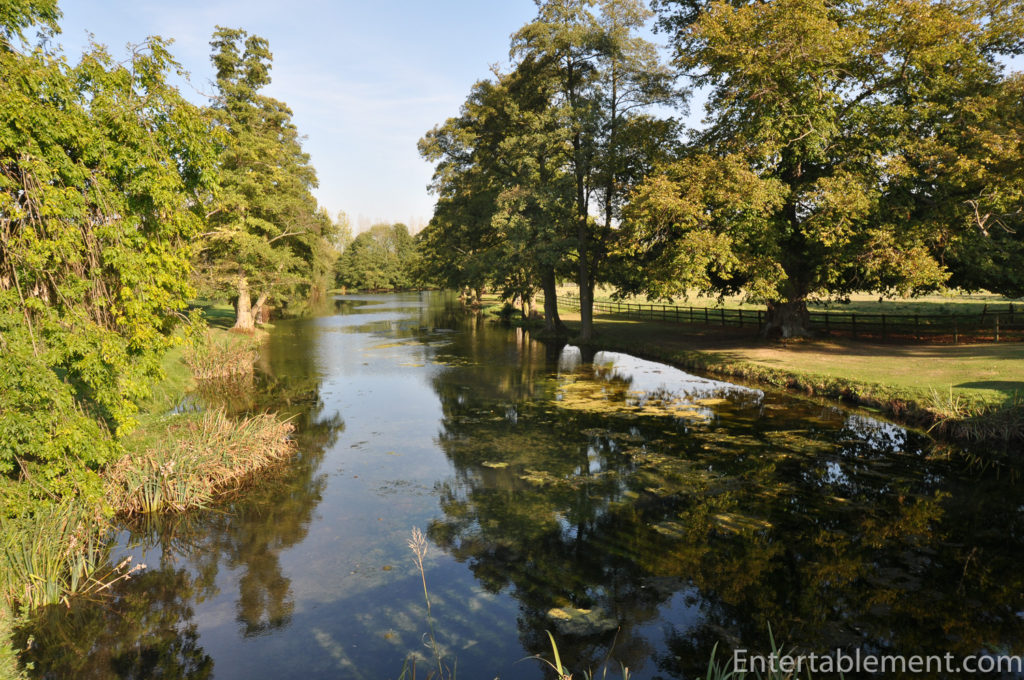




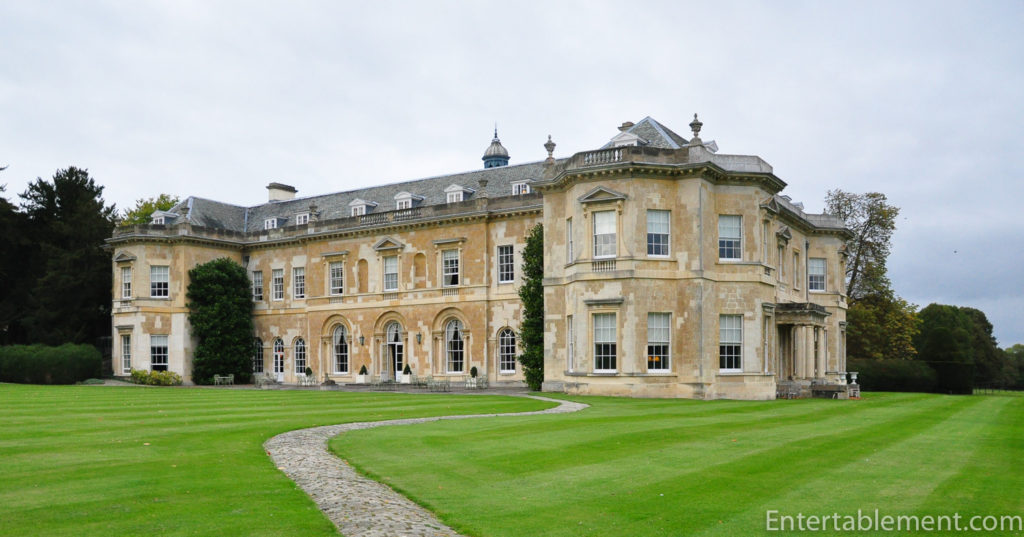

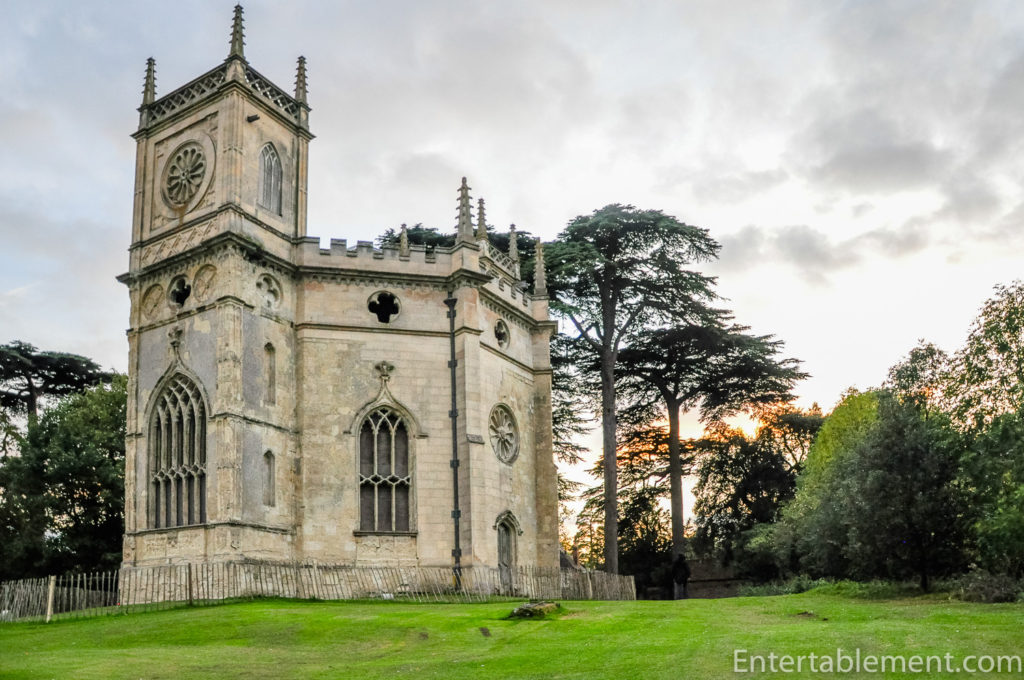

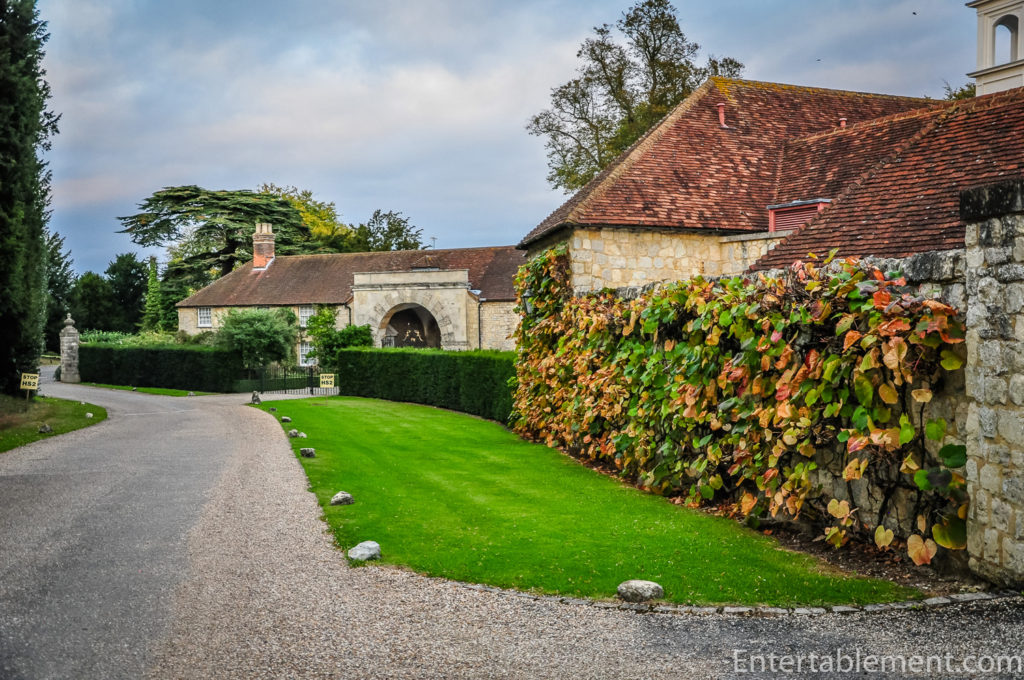
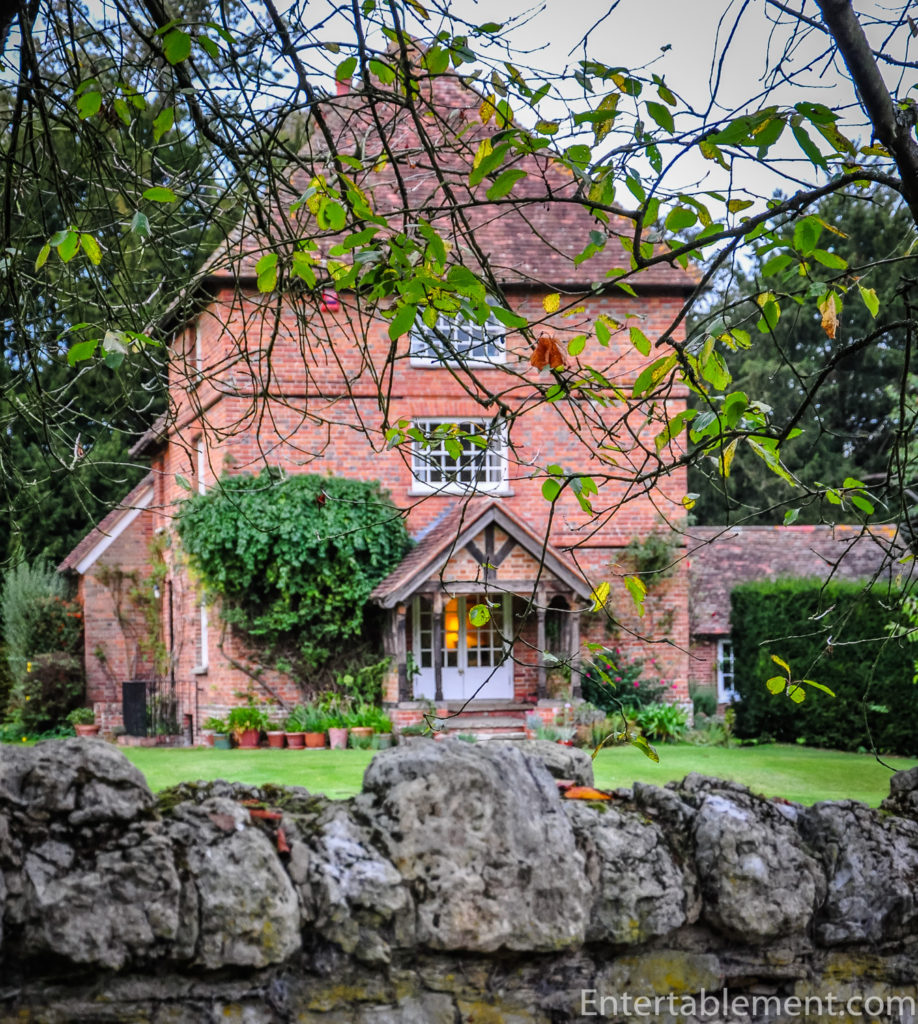





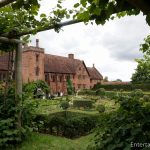


20 million Daffodils in my garden. Well, it’s not really my garden, but when I go there I pretend it is. Gibbs Garden north of Atlanta is magical and the magic just started. The most Daffodils outside of Holland. Then as the seasons wears on, so do the plantings. The Hydrangea walk is like walking through a painting by Childe Hassam.(?)
Should you ever come this way you won’t regret the trip. A quick peek is also available on their website. Frequently in fabulous garden and design magazines.
Just wanted to share “my garden” with you on what is an unusual day in North Georgia. The sun is shining!!!!!!!!! I enjoyed your English Daffodils too today.
Oh my! Gibbs Garden just spectacular. I must say, if you’re going to claim a garden, go big or go home! You’ve chosen really well :).
Just added it to my list of places to visit. Thanks Kem!
What a gorgeous property….so enjoyed this post!
Thanks, Sandi. It’s in a terrific location, too. Near to Oxford and it was at Hartwell we learned about Bletchley Park – the code breaking site featured in the Imitation Game. Lots of good stuff!
Wonderful, Helen. You do take some truly stunning shots!
You are too kind, Mike! Digital photography makes it very easy.
Fab tour! Thank you, Helen!!
Love your comment about the color scheme and how it would make a hangover worse.
HAHA HA HA
Such gorgeous early spring blooms. Great pictures!
I miss travel. And now with broken right hand, more delays. I look longingly at historic places like ones you have here. I’m also virtually very interested in Colonial Williamsburg lately. Would love to go esp. in fall.
Virtual seems to be what we have for now, no? Colonial Williamsburg is on my list when travel resumes. I’ve visited Monticello a couple of times, and love the history there, too. Jefferson was fascinating – a real Renaissance man.
That’s awesome!
If you get to Colonial Williamsburg before me, please post your trip and pictures!!!! You really go all out to give us great pictures. Love how you lay on the floor for ceiling pics!!! Appreciate it!!